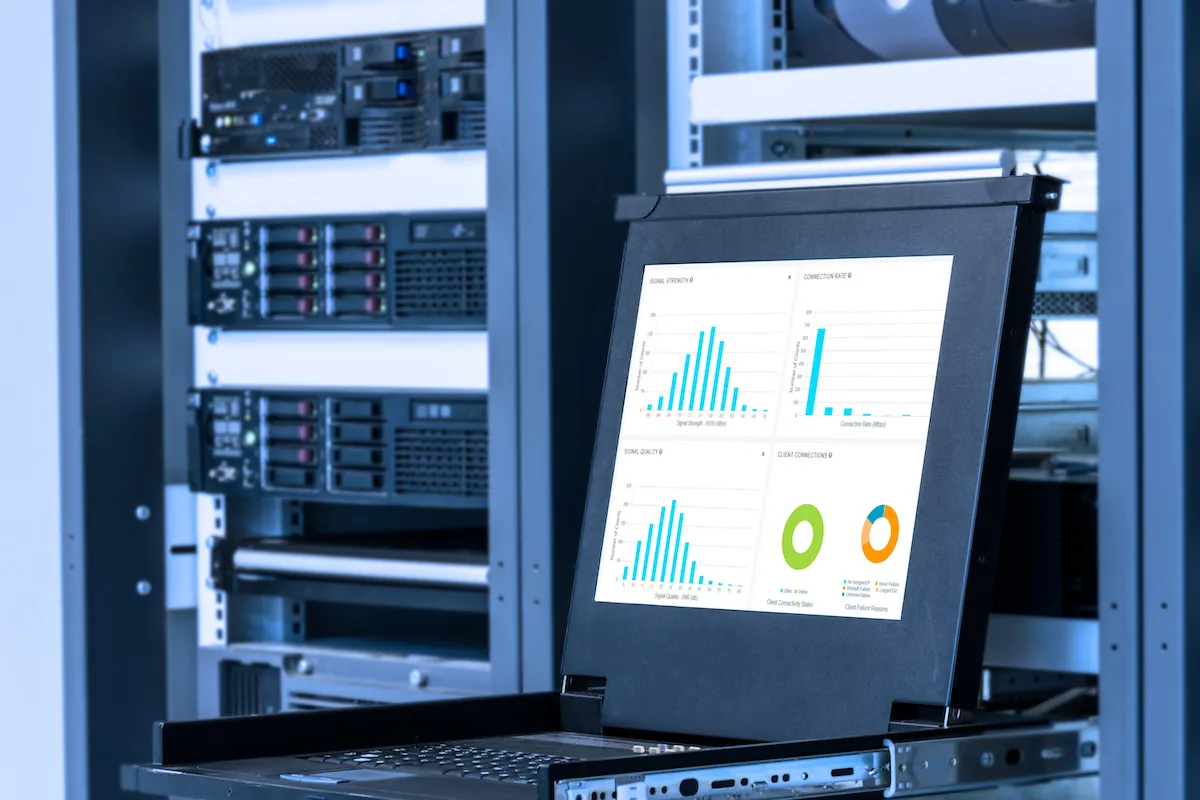Airflow Management Awareness Month Rewind: Top 5 Webinars15 min read

Over the years we’ve presented many webinars as part of our annual Airflow Management Awareness Month webinar series. Today we take a look back at the top webinars we’ve hosted of all time during the event.
1. Data Center Cooling 101: A Beginner’s Guide to AFM Best Practices and Cooling Optimization
As new personnel enter the industry, they are often bombarded with a slew of buzzwords and marketing messages that would lead them to believe that data centers almost run themselves. And while monitoring and DCIM solutions are improving the management of power and cooling, an understanding of the fundamental science is crucial to both see through the hype and get the most out of management systems. More so, as the veterans in our industry start to retire, much of the basic knowledge around power and cooling is often overlooked when training their successors. This session will provide that basic knowledge and give a fundamental understanding of the power and cooling infrastructure in a data center, with an emphasis on cooling optimization. In this session, you’ll learn how to recover stranded cooling capacity, reduce operating costs, improve IT equipment reliability, and prolong the life and capacity of the data center.
2. Introduction to International Data Center Standards
It is imperative to underpin our digital infrastructure with genuine commonly agreed global standards and metrics. These are the tools needed to create consistent benchmarks which support better understanding and continued improvement of the delivery of digital services — in terms of both reliability/availability and energy efficiency. As it stands, the data center standards landscape is a very confusing and difficult arena to navigate through. There are documents and frameworks in existence which are routinely referenced but are not true standards in that they are not recognized by either national or international standards bodies. This lack of cohesion has resulted in a significant degree of competition for the very lucrative market of providing data center certification as well as a lack of common understanding across the data center sector. This presentation will address the issue of certification and take a look at some of the steps being made to truly standardize and globalize the data center standards landscape.
3. Data Center Containment Considerations: Determining the Right Solution for Your Facility
Data center containment has gone mainstream over the past decade, which has led to widespread implementation and adoption by many sites. In fact, according to a recent survey by the Uptime Institute, 80% of sites have implemented either hot or cold aisle containment. However, although containment is experiencing a high rate of adoption, there are still many misconceptions and therefore many considerations to look at when evaluating the different options and strategies that are available. The most common consideration is determining whether to contain hot aisles or cold aisles. Other considerations include hard vs soft containment, partial vs full containment, and many others. This session will evaluate the different scenarios in which each of these considerations is more applicable, including retrofit vs new construction, and discuss strategies after containment has been implemented to maximize the cooling efficiency and cost savings benefits.
4. For Most Data Centers, Liquid and Air Cooling Will Not be Mutually Exclusive
A recent report from Technavio indicates that the adoption of liquid-based cooling is high, as it is considered more efficient than air-based cooling. Globally liquid-based cooling is expected to grow at a remarkable rate through 2020, posting a CAGR of almost 16% during the forecast period. So, why is this level of adoption happening? Increasing rack densities lead by high performance computing (HPC) and the quest to improve efficiency are driving an increase in liquid cooling design strategies and deployment. While still relatively sparse, liquid cooling will become more prevalent, but this does not mean the end of air cooling. In this session, we’ll discuss how to implement liquid cooling while maintaining appropriate air-cooling conditions and fully realize efficiency gains. Lastly, we’ll discuss how to get started and get ahead of the market when it comes to improving cooling efficiency.
5. Data Center Energy Efficiency and Sustainability: Key Elements and Planning a Path Forward
Data center energy efficiency has been an ongoing topic and goal in the industry that has led to many innovations around how data centers are powered and cooled. The primary driver for this has typically been to reduce costs related to energy usage, with increasing capacity as a distant second. In recent years, commitments towards net zero and sustainability have sparked a renewed focus on data center energy efficiency, leading to the implementation of greener initiatives for data centers and access to renewable power becoming a key selection criteria for many new sites. This has also led to PUE becoming the de facto metric by which many facilities measure energy efficiency. While PUE is indeed a valuable metric, it’s important to note that it is not a true metric for energy efficiency and other KPIs are needed to more accurately measure performance. This session will discuss the different KPIs that can be used, while also examining the plausibility of many myths that surround energy efficiency and sustainability, to ultimately lay out a potential path forward for the data center sector.
Real-time monitoring, data-driven optimization.
Immersive software, innovative sensors and expert thermal services to monitor,
manage, and maximize the power and cooling infrastructure for critical
data center environments.
Real-time monitoring, data-driven optimization.
Immersive software, innovative sensors and expert thermal services to monitor, manage, and maximize the power and cooling infrastructure for critical data center environments.
0 Comments